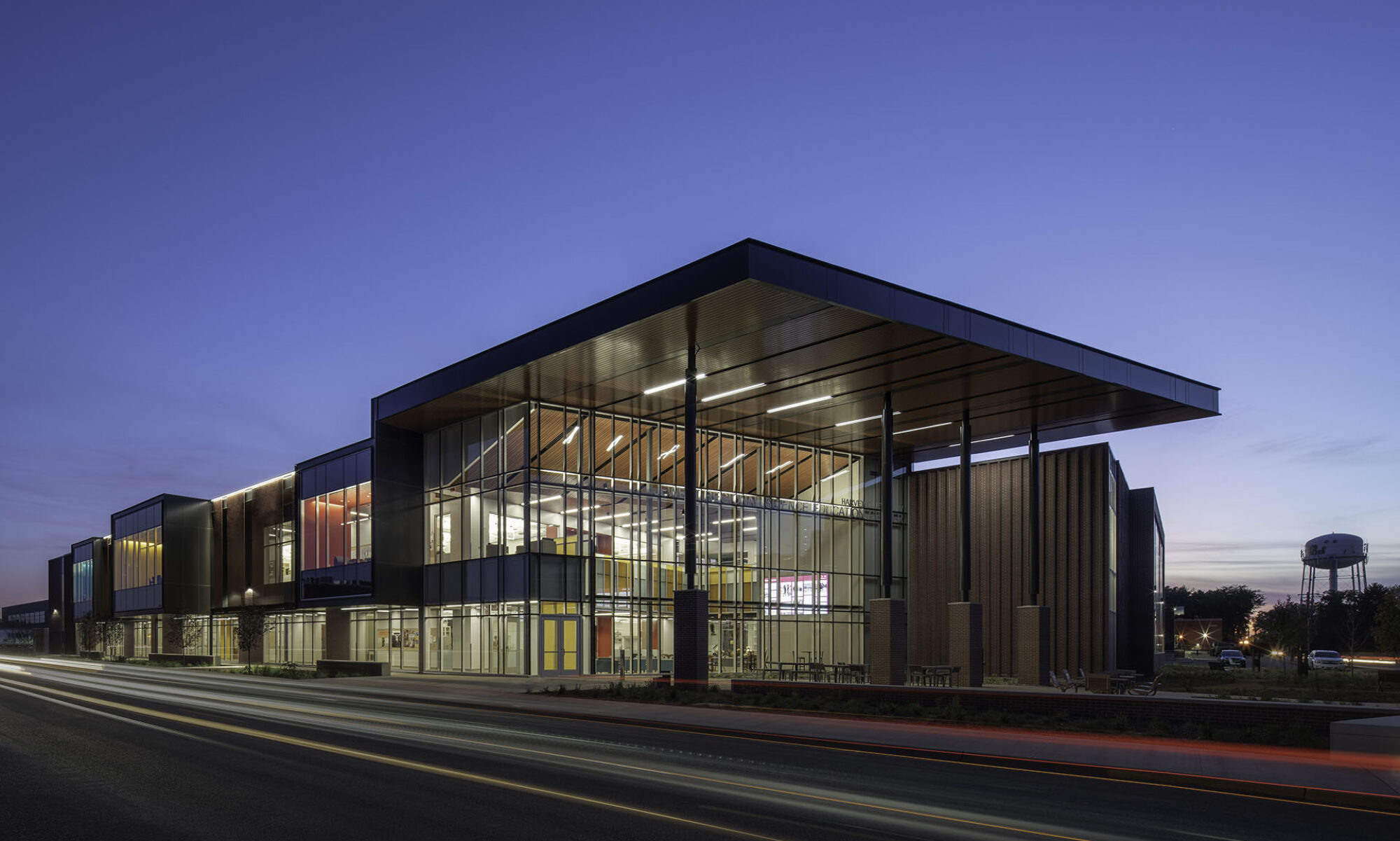Image Credit: Watercolor of Villa d’Este Spring 2011 Liz Meyer
I was waiting in the doctor’s office this morning in one of the exam rooms. I looked up at the ceiling and noticed the track for a curtain around the door. I saw diffusers (one supply and one return), a speaker, and a light fixture above the exam table. I sat as the nurse took my vitals and explained my symptoms. She had a cart that she took with her from room to room and a laptop. She opened the door with one hand as she held her laptop with the other, pulled the cart through the door, let go of the cart, and closed the door.
While waiting for the doctor, I noticed posters on the wall with alarming statistics. I also saw FRP panel, but just 6” tall about 24-30” off the ground (chair rail height). I laughed to myself when I saw a scuff mark on the wall above the panel from the chair nearby. Evidence that perhaps the wall covering would be more effective if it were slightly taller.
I appreciated the wayfinding signs as I exited the exam room and headed towards the waiting room. I was in the basement of the clinic and had become disoriented after stopping to check my weight in the corridor on the way to my exam.
This is just one example of how I experience and use spaces throughout the day. The things that catch my eye are distinctly different than most users who are not in the design industry. I often find myself scrutinizing and appreciating details like ceiling heights, room configuration, and finish selection. I ask myself two simple questions: Do I like this space? Why or why not? I’m able to evaluate the places around me and use the answers to inform designs in the future. Sketching and watercolors are one way I capture the spaces/places I analyze.
It is no surprise that I select where to live, shop, and worship based on my spatial experience. I don’t think I’m unique in this. Most people will frequent places that they enjoy and are less likely to return to places they don’t enjoy. The difference is, I analyze why I enjoy going there and I understand that I spend more time at one coffee shop over another because I enjoy the atmosphere even though their mint mocha isn’t as good. Studying and observing human behavior explains so much of why people behave and interact with spaces the way they do. When I sit in that restaurant, I tend to sit where I can see the door. This has always been a tendency of mine, but it wasn’t until I read about defensible space and studied human behavior that I realized why. Synthesizing the “why” behind human behavior should inform design decisions and justify choices made.

Since graduating from Kansas State in 2012, Liz has gained experience from a variety of fields within the building industry. From drafting at a metal building manufacturer to working at architecture firms to assisting a real estate broker/developer, she has always had a passion for influencing the built environment. As a designer at Schemmer, Liz enjoys learning new things and refining her skills with help from other licensed professionals. She is pursuing an architectural license and hopes to continue to shape the spaces and places around her in a positive way.


